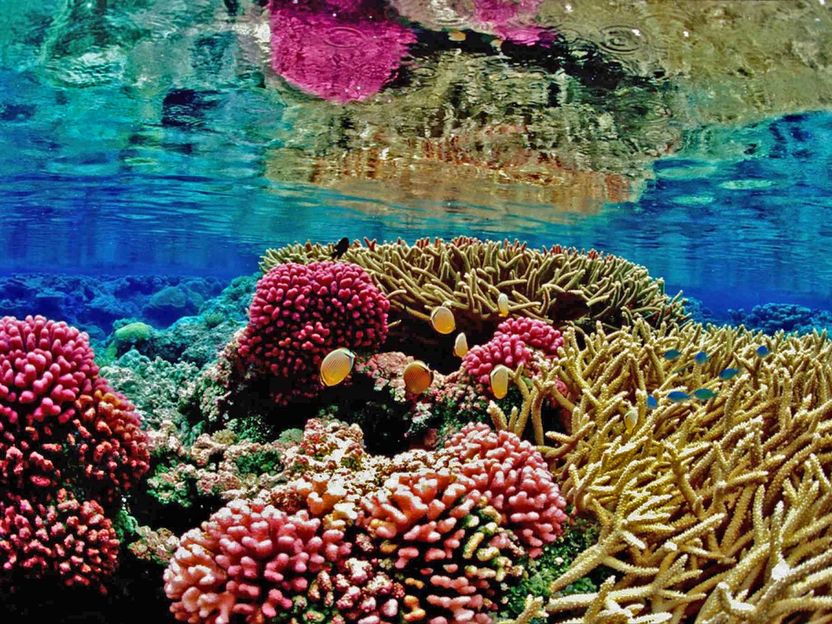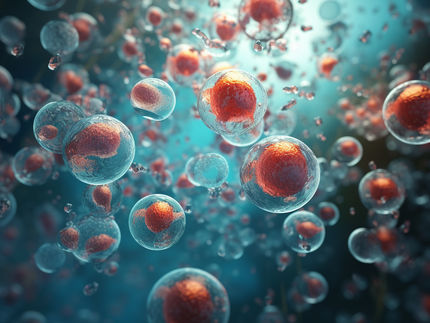Novel strategy for natural product biosynthesis
Researchers discover enzyme prototype for formation of ecologically and pharmaceutically important tropone compounds
Microorganisms produce natural products, for example, as disease-causing virulence factors or as defense substances against predators and competitors. A team led by Dr. Robin Teufel and first author Ying Duan from the Institute of Biology II at the Faculty of Biology of the University of Freiburg, together with researchers from the University of Bonn, have now discovered a novel enzyme that is crucial for the production of so-called bacterial tropone natural products. The researchers presented their results in the current issue of the Journal of the American Chemical Society.

Some bacteria produce compounds that possibly help protecting corals against pathogens.
pixabay.com
Previously unknown enzyme type
Bacteria found in terrestrial and marine environments produce tropone natural products, among other things, when they interact symbiotically with plants, algae or lower animals, for example as presumed protective substances against microbial pathogens in corals and sponges. The Freiburg researchers now investigated how the symbiotic bacteria produce these bioactive agents. Teufel and his team discovered a completely new type of enzyme that is essential for the production of these bacterial tropones.
Key intermediate in tropone biosynthesis
The scientists found that this enzyme activates oxygen in a previously unknown way and incorporates it into a chemical precursor compound. In the process, the basic structure of the tropone is generated. Using chemical and biochemical methods, the researchers were able to investigate the functions of this enzyme in more detail and thereby elucidate novel intermediates in tropone biosynthesis. “We succeeded in taking a crucial step toward better understanding the biological production of these significant compounds,” Teufel explains. “These findings can serve as a basis for better combating certain pathogens in the future or for obtaining novel tropone compounds using biotechnological methods.”
Original publication
Most read news
Other news from the department science

Get the life science industry in your inbox
By submitting this form you agree that LUMITOS AG will send you the newsletter(s) selected above by email. Your data will not be passed on to third parties. Your data will be stored and processed in accordance with our data protection regulations. LUMITOS may contact you by email for the purpose of advertising or market and opinion surveys. You can revoke your consent at any time without giving reasons to LUMITOS AG, Ernst-Augustin-Str. 2, 12489 Berlin, Germany or by e-mail at revoke@lumitos.com with effect for the future. In addition, each email contains a link to unsubscribe from the corresponding newsletter.



















































